Which country has the least sexist banknotes?
- Published
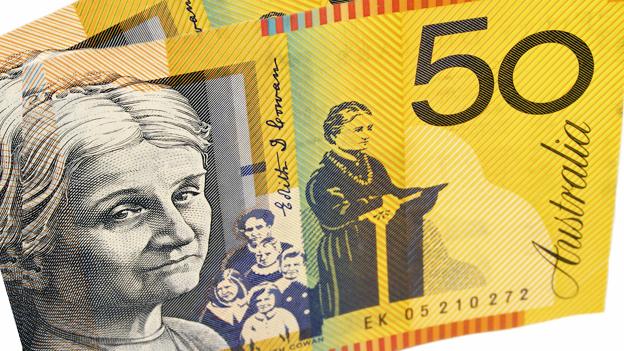
There are calls for the US and Canada to put a woman on a banknote. A similar campaign in the UK successfully convinced the Bank of England to put Jane Austen on the £10 note. But is just one woman per country enough?
American bills have portraits of the country's Founding Fathers and former presidents. Chinese notes have Mao Zedong and Indian ones have Mahatma Gandhi, but none of them feature any women. Many other currencies also stick to men, sometimes including a token woman or two.
Now there are calls for the US to put a female on the $20 bill. "The United States needs to show the world that we, too, recognise and value the contributions of women," says Susan Ades Stone, executive director of the campaign group Women On 20s.
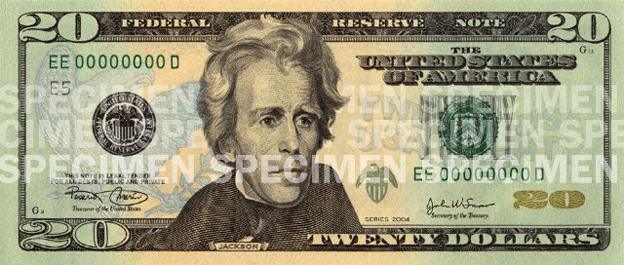
"Our money says something about us and what we represent as a society. So if we're all about gender equality and diversity and inclusion, let's walk the walk."
The US currently has seven bills in circulation, all of which feature distinguished, deceased American statesmen.
Women On 20s conducted an online poll and asked people to choose which of 15 historical female leaders they would most like to see on the note.
The candidates included civil rights activist Rosa Parks, birth control pioneer Margaret Sanger, suffragette Susan B Anthony and Harriet Tubman who escaped slavery and went on to lead other slaves to freedom.
More than 200,000 people voted in the first round, and the second round, external - set to last a few weeks - is currently underway.

Eleanor Roosevelt, pictured during her time as a representative to the United Nations...

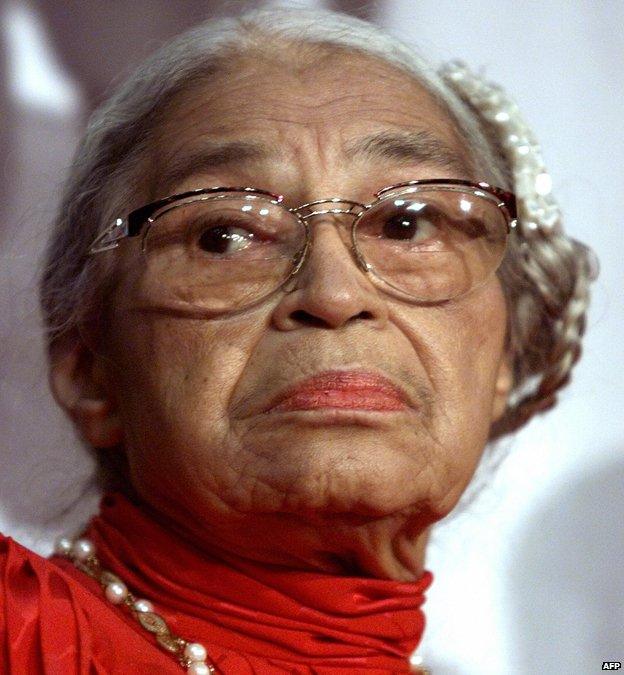
... and Rosa Parks are both finalists in the Women On 20s online poll.
Once the final poll closes, the group will petition President Obama to replace Andrew Jackson with the chosen woman.
Many wonder why Jackson - the seventh president of the US - hasn't been removed from the $20 bill already. He is especially unpopular with Native Americans due to his signing and enforcing the Indian Removal Act of 1830, which forced tribes off their land. Thousands of Native Americans died on the journey west - known as the Trail of Tears - from exposure, starvation and disease.
His controversial legacy is one of the reasons why Women On 20s chose to target this particular bill for change.
Meanwhile in Canada, more than 54,000 people have signed a petition to put a woman on a banknote there after the sole female to appear on the country's currency, Therese Casgrain, was replaced in 2011 by an icebreaker ship.
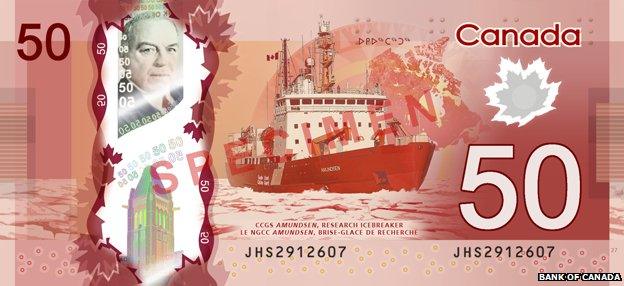
"When we open our wallets and see the faces of four male prime ministers and Queen Elizabeth, the subtle message is that Canadian women aren't worthy of being celebrated," says author and historian Merna Forster who started the Canadian campaign.
"Sexist banknotes are unacceptable in a country that boasts of being a world leader in promoting gender equality… If women are equal to men in Canada, they should be equally represented on our banknotes."
A similar petition was launched in the UK in 2013 after it was announced that Winston Churchill would replace Elizabeth Fry - a social reformer and philanthropist - on the £5 note. More than 36,000 people signed it and convinced the Bank of England to put the author Jane Austen on the £10 note from 2017.
In both the UK and Canada, the Queen's portrait is on many banknotes. But, critics say this doesn't count because she appears as a monarch rather than for her achievements. Plus, she will eventually be replaced by a male heir.
Although the UK petition was a success, campaigners in all three countries - the US, Canada and the UK - have called for only one woman on a note. But is that enough? Should half of all portraits on currencies be of women, better reflecting the makeup of the population?
That's what's happened in Sweden. "We thought it was very important to feature an equal number of men and women," says Susanne Eberstein, the chairman of the General Council at the country's Riksbank. "It was well in line with our aims. It was very natural."
Women appear on three of the banknotes there, although one of those depicted is Mother Sweden. A new line of Swedish notes, to be introduced in 2015 and 2016, will feature three men and three women - actress Greta Garbo, Pippi Longstocking author Astrid Lindgren, and opera singer Birgit Nilsson.



Australia, too, has an equal number of men and women on its banknotes - each one has a male on one side and a woman on the other, apart from one with the Queen on it which has parliamentary buildings on the reverse.
So why isn't Women On 20s petitioning for more than one woman to appear on American dollar bills?
The organisation does believe there should be more women on notes but wanted to be realistic about its initial goal. "We hope this is just the beginning," says Stone.
But if bills should equally represent men and women, shouldn't they also reflect a nation's racial diversity? Again, this isn't usually the case, although there are exceptions. Australia, for example, has five bills in circulation, one of which features David Unaipon, an Aboriginal man. Unaipon was a pioneer for Aboriginal rights as well as a distinguished inventor and writer.
Every US note features a white man, albeit one of the country's presidents or Founding Fathers, even though the US population comprises many races - notably, 13% are black and 17% Hispanic. The US Census Bureau lists seven different races, although Americans no doubt identify with many more ethnic backgrounds.
When the Women On 20s selection committee compiled their list of female candidates, they were conscious of diversity, but they did not set out to fill any particular quota, Stone says. Instead, they focused on the candidates' overall impact and trusted that a diverse group would result from the selection process. It did. The 15 female candidates include African, Asian and Native Americans as well as Caucasians.
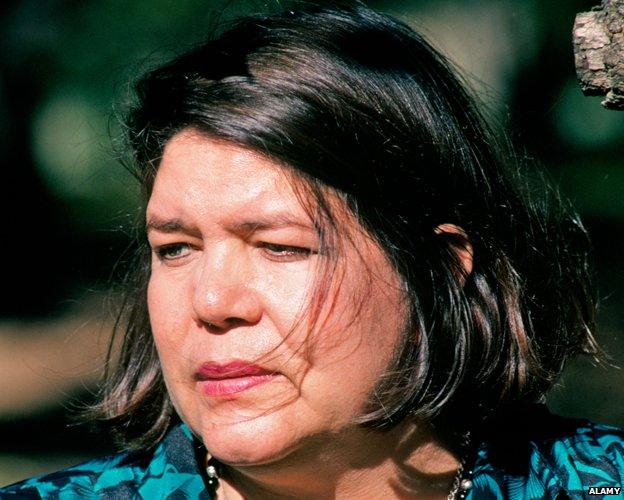
Another finalist in the vote - Wilma Mankiller, first female principal chief of the Cherokee Nation
"I feel that the money that we have now is very last century," says Stone, adding that the US has changed enormously.
"We're more diverse. We're more inclusive. And the money should reflect that." However, "It would be unrealistic to imagine that we could have a female representative of every ethnic group on the bills," she says. "That's for another campaign."
Perhaps a country can't fully represent the diversity of its population on a handful of notes. Euro bills - tasked with representing a huge span of people, cultures and history - depict stylised images of windows, doorways and bridges. Not even actual monuments, let alone portraits of real people.
So could this be the solution - no portraits at all?
Norway currently has women on two of its five banknotes. "In a society where gender equality is an important value, having both male and female portraits on the banknotes is a matter of course," says Hilde Singsaas, from Norges Bank.
However, Norway will soon be getting rid of both men and women when it introduces a new series of notes which will have a sea theme. The specific designs are not yet finalised but proposed motifs (below) feature ships, water and fish. This wasn't because of difficulty reflecting the diversity of Norway's population through portraits though, Singsaas says.
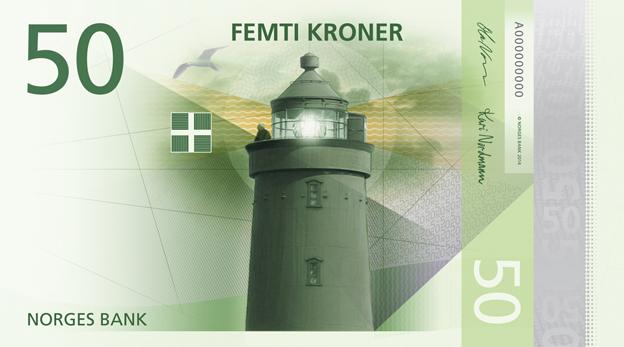

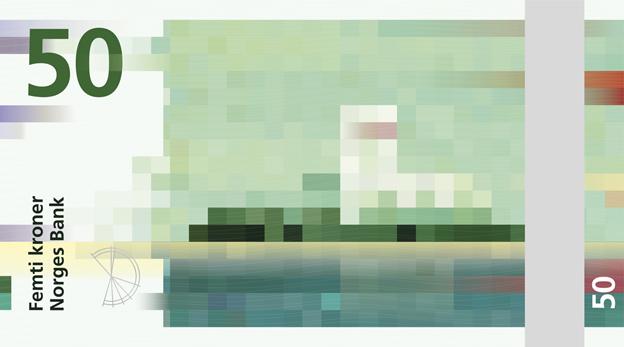
Designs proposed for one side of Norway's new banknote are based on the Beaufort wind speed scale

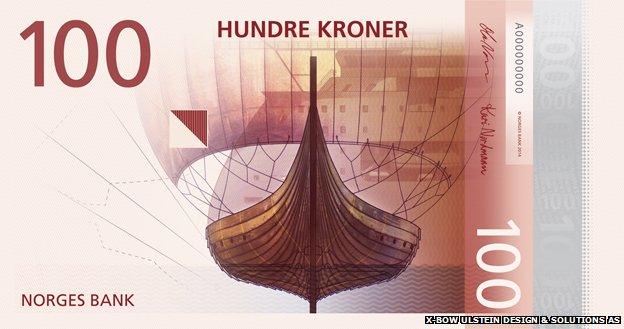

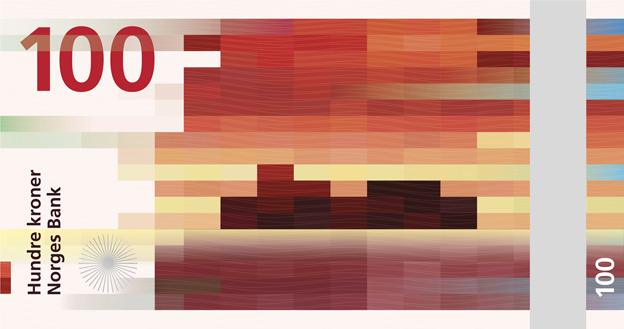
"All the previous banknote series featured portraits as the primary motif, without any clear connection between them," she explains. "This time, the aim was to find a recurrent theme binding the banknotes together into a coherent whole."
Similarly, Denmark recently introduced a new series of notes featuring bridges and prehistoric objects rather than people. Its previous series of five bills had women on two, men on two and one with a woman and a man. On its website, the Danish National Bank explains that the bridges symbolise links between various parts of Denmark and between the past and present.
Putting bridges instead of people on the notes did not have anything to do with difficulty depicting a diverse population, says the bank's spokesman Lars Luth Mikkelsen.
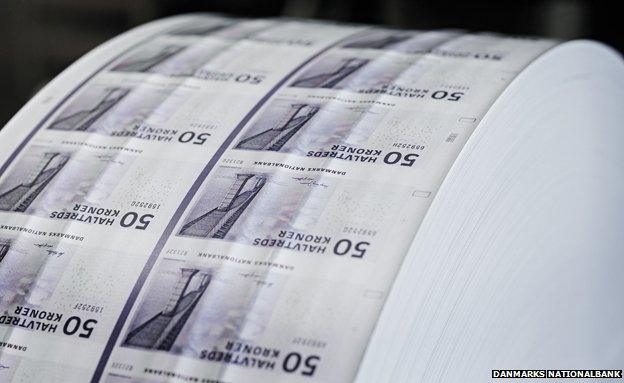
Another reason it might be easier to choose landscapes or buildings over people is that prominent figures are often controversial in one way or another, like Jackson in the US.
Every person that you put on a banknote will garner some negative and some positive feedback, says Sweden's Eberstein. She and the Riksbank received criticism about the decision to put opera singer Birgit Nilsson on one of Sweden's new notes. Nilsson is pictured singing an opera by Richard Wagner, whose works are sometimes associated with Nazi Germany.
Eberstein pointed out that Nilsson most often performed Wagner, who is still very popular today.
"She was a world famous singer," Eberstein says, "and a good representative of Sweden at that time."
And Women On 20s' Stone admits, "You can never please everyone."

Subscribe to the BBC News Magazine's email newsletter, external to get articles sent to your inbox.